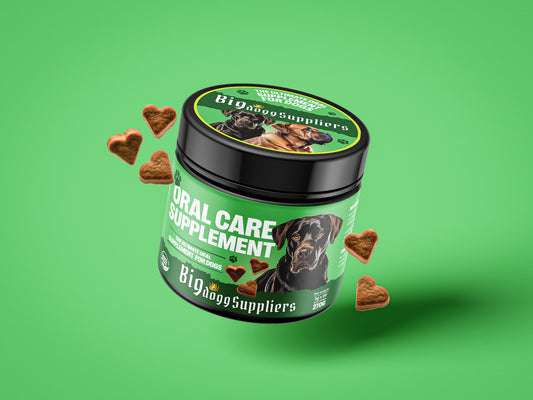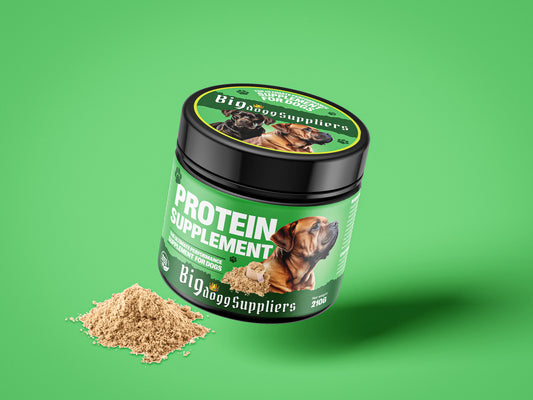Exploring the Raw Food Diet for Dogs: A Comprehensive Guide
The raw food diet for dogs, often referred to as the Biologically Appropriate Raw Food diet, has gained popularity among pet owners seeking a more natural feeding regimen for their canine companions. This diet emphasizes feeding dogs uncooked meat, bones, organs, and, in some variations, fruits and vegetables, aiming to replicate the ancestral diet of wild canines.
Understanding the Raw Food Diet
A raw food diet for dogs typically includes:
-
Muscle Meat: Provides essential proteins and amino acids necessary for muscle development and overall health.
-
Bones: Supply calcium and phosphorus, crucial for maintaining strong bones and teeth.
-
Organs: Organ meats, such as liver and kidneys, are rich in vitamins and minerals, offering a concentrated source of essential nutrients.
-
Fruits and Vegetables (Optional): Incorporating certain fruits and vegetables can provide additional vitamins, minerals, and fiber, contributing to a balanced diet.
Benefits of a Raw Food Diet
Advocates of raw feeding suggest several potential benefits:
-
Improved Digestion: A raw diet may enhance digestive efficiency, leading to firmer stools and reduced gastrointestinal issues.
-
Healthier Skin and Coat: The natural oils and nutrients in raw foods can contribute to a shinier coat and healthier skin.
-
Increased Energy Levels: Some dog owners report heightened vitality and stamina in their pets after transitioning to a raw diet.
-
Dental Health: Chewing raw bones can aid in reducing plaque buildup and maintaining oral hygiene.
Risks and Considerations
While there are potential benefits, it's essential to be aware of the risks associated with raw feeding:
-
Bacterial Contamination: Raw meats can harbor harmful bacteria such as Salmonella and E. coli, posing health risks to both dogs and humans.
-
Nutritional Imbalance: Without proper formulation, a raw diet may lack essential nutrients, leading to deficiencies or excesses that can affect a dog's health.
-
Choking Hazards and Dental Injuries: Bones, if not appropriately sized or prepared, can cause choking, dental fractures, or gastrointestinal obstructions.
-
Resource Intensive: Preparing a balanced raw diet requires time, effort, and financial resources to source quality ingredients and ensure proper meal preparation.
Implementing a Raw Food Diet
If considering a raw food diet for your dog, follow these guidelines:
-
Consult a Veterinarian: Seek advice from a veterinarian or a canine nutritionist to determine if a raw diet is suitable for your dog and to ensure nutritional adequacy.
-
Source Quality Ingredients: Use fresh, human-grade meats and organic produce to minimize the risk of contamination and provide optimal nutrition.
-
Balance the Diet: Ensure the diet includes appropriate proportions of muscle meat, bones, organs, and, if desired, fruits and vegetables to meet your dog's nutritional needs.
-
Practice Safe Food Handling: Maintain strict hygiene during preparation and storage to prevent bacterial contamination.
-
Monitor Your Dog's Health: Regularly observe your dog's weight, coat condition, energy levels, and overall health, and consult your veterinarian for periodic evaluations.
Alternatives to Raw Feeding
For those who prefer not to prepare raw meals at home, consider these alternatives:
-
Commercial Raw Diets: Pre-packaged raw meals formulated to meet nutritional standards, offering convenience and balanced nutrition.
-
Freeze-Dried or Dehydrated Raw Diets: These options provide the benefits of raw feeding with reduced risk of bacterial contamination and longer shelf life.
-
High-Quality Commercial Kibble or Canned Food: Premium dog foods designed to provide complete and balanced nutrition without the complexities of raw feeding.
Conclusion
Transitioning to a raw food diet for your dog is a significant decision that requires careful consideration of both the potential benefits and risks. Thorough research, professional consultation, and diligent preparation are essential to ensure the health and well-being of your canine companion. Ultimately, the best diet is one that aligns with your dog's specific health needs and your ability to maintain safe and balanced feeding practices.




